ABOVE PHOTO: Whether it’s noting an employee’s behavior, logging a change on-press, naming a product, or recording a formulation tweak — document, document, and document.
YOU MAY ASK yourself, “Why is documentation important for a screen-printing business?” In today’s fast-moving world where innovation, legal disputes, team turnover, and technology changes can happen overnight, documenting everything you do in business isn’t just smart, it’s essential.
Whether it’s noting an employee’s behavior, logging a change on-press, naming a product, or recording a formulation tweak — document, document, and document.
Let’s explore why documentation is vital, what types of documentation you should prioritize, and real-world examples of how it can protect your business, your products, and your future.
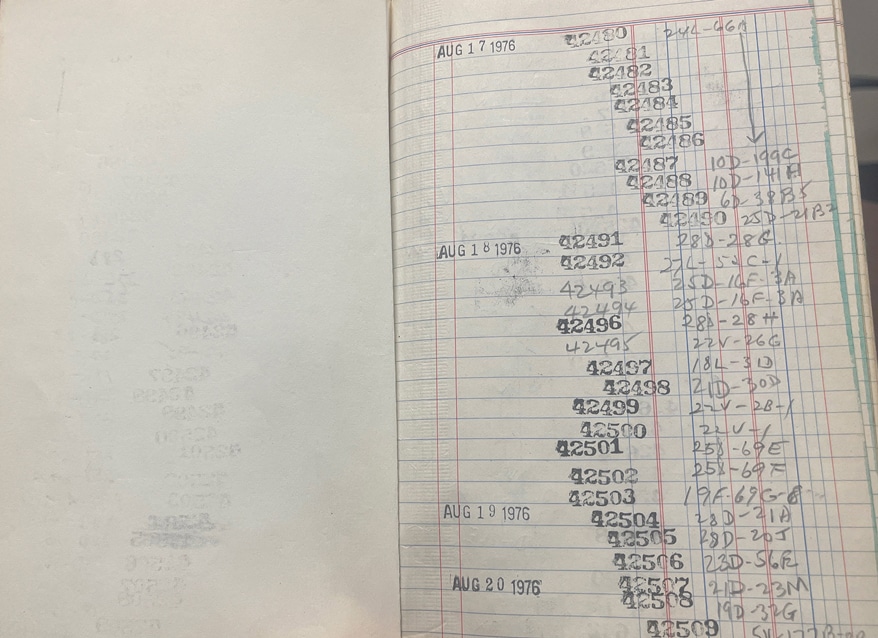
This blast from the past is an old Intl Coating’s logbook from back in the day. Remember, documentation may seem boring or even excessive, but it’s one of the most powerful tools in your toolbox.
1. Documentation in Product
Development: Record Every Step
Ladder Studies & Eureka Moments. When I first started in the coatings’ world, we were trained to write everything down. Every formulation test (also known as a ladder study) came with a paper trail that indicated what we tried, what worked, what failed, and what we’d try next.
That’s how breakthroughs happened and how we could repeat them. We’d refer to notes for insights, successes, and pitfalls. Without documentation, even a perfectly working product can be a dead end, because nobody remembers what got you there.
Example: You create a killer formula that performs beautifully but don’t write it down. A week later, you’re trying to recreate it, and now you’re back to square one.
2. On-Press Changes:
Repeat or Rebuild?
Screen Printing Needs Repeatability. In screen printing, on-press changes are common. But if they’re not written down, that job might never look the same again. Repeating a job without notes eally is rebuilding it from scratch.
Example: You added 10% reducer to PMS 185C to decrease color saturation. If that’s not on the job sheet, how will the next run look consistent?
Or, the press operator adjusted the print sequence, flash times, or dryer settings. Without notes, how do you repeat that success?
The smallest changes can have a big impact — and take just seconds to jot down.
Advertisement
3. Naming Products:
Protect Your IP
Trademarks and Product Identity. Let’s pivot to something often overlooked: naming products. You might come up with the perfect brand name only to have someone copy it. If you haven’t documented it, you’re in a legal gray zone.
Real-World Example: We launched a product with a unique name and documented everything:
- Date the name was created
- First use in commerce
- First sale
- Trademark filing date
A competitor filed for the same name four days later. But because we had our documentation in place, we won in court, and they paid our legal fees.
Even changing a single letter in a brand name might not save a competitor if the names sound the same phonetically. Document your naming process early before someone else tries to claim your identity.
4. Employee Behavior:
CYA (Cover Your Assets)
Protect Yourself and Your Company. Whether it’s praise or problems, employee behavior needs documentation. In some states, firing someone without documented cause opens you up to lawsuits.
Case in Point: I once let an employee go for valid reasons. I told them we wouldn’t dispute their unemployment. Three months later, I personally was served a lawsuit for discrimination based on age, race, gender, and sexual orientation.
Luckily, we had 12 pages of documented incidents, dated and specific. The case was dismissed. The ex-employee had to repay unemployment benefits. If we hadn’t kept detailed records, we could’ve gone bankrupt.
Documentation is your best defense when legal issues arise. In many states, supervisors can be sued personally, so protect yourself with a clear paper trail.
5. AI Tools and Digital
Work: Track Your Prompts & Outputs
The Rise of Artificial Intelligence. With the growing use of AI tools like ChatGPT, Midjourney, and others, there’s a new area where documentation is essential.
Ask yourself:
- What prompt did I use to generate this text/image?
- When did I create it?
- How will I use it?
- Is the content accurate?
One AI program told me my house was owned by the Saudi Sovereign Wealth Fund. Uh, no. But I documented the response and flagged it. That kicked off a wild rabbit hole, but it reminded me how important it is to verify and record everything AI produces.
Using AI? Save your prompt history. Store your results. Verify your sources. It may help you defend against copyright issues or just prevent spreading bad info.
6. Documentation Saves
Time, Money, and Reputation
Repeatability Beats Rebuilding. In every case — whether it’s ink on a screen, a name on a label, or a team member in the shop — good documentation saves time and headaches.
Ask yourself:
- What takes longer? Rebuilding a job or repeating it?
- What costs more? A legal battle or a few notes in a file?
- What’s more damaging? Reputation loss or a little extra effort upfront?

Whether it’s noting an employee’s behavior, logging a change on-press, naming a product, or recording a formulation tweak — document, document, and document.
Final Thoughts:
Build Your Documentation Culture
Documentation may seem boring or even excessive, but it’s one of the most powerful tools in your toolbox. If you’re growing, adding employees, launching products, or just trying to get better, start documenting everything.
Start now:
- Use shared folders or cloud tools for version tracking.
- Create job sheets or checklists for repeat jobs.
- Train your team to value documentation, not see it as a chore.
- Keep backups. Keep dates. Keep notes.
The future belongs to those who can repeat success and defend it. That’s only possible if you document the journey.
Advertisement


 Expert Perspectives1 week ago
Expert Perspectives1 week ago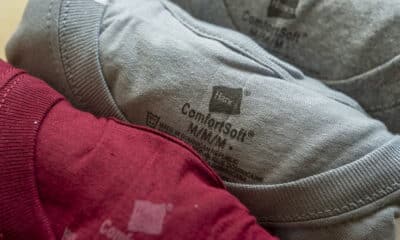
 Press Releases2 months ago
Press Releases2 months ago
 Trends2 months ago
Trends2 months ago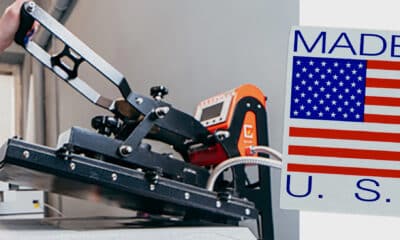
 Shop Management1 month ago
Shop Management1 month ago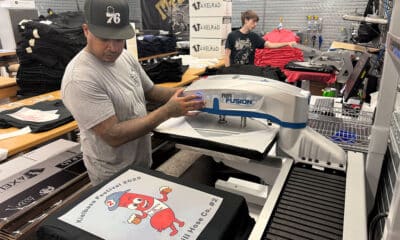
 Shop Management1 week ago
Shop Management1 week ago
 Shop Management1 month ago
Shop Management1 month ago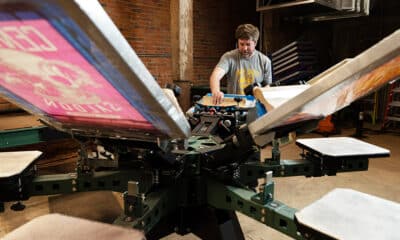
 Case Studies1 month ago
Case Studies1 month ago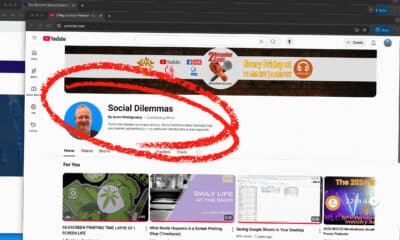
 Tips and How-To1 month ago
Tips and How-To1 month ago



















